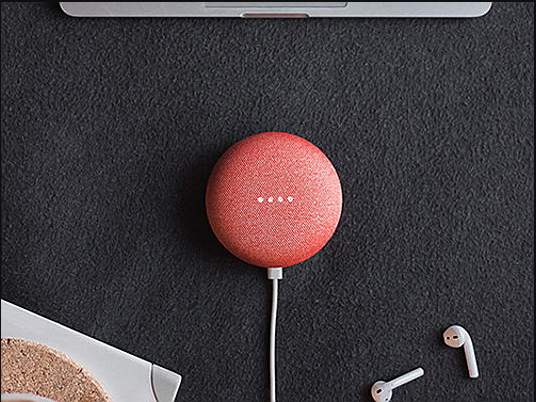

How a smart home can save energy
Until a few years ago, the following rules applied for saving energy in your own home: switch off the lights when leaving the room. Turn down the heating when ventilating. When cooking, use the residual heat by switching off the stove a few minutes before the end of the cooking time. In today’s smart home, automated home technology can take over energy management. This significantly reduces energy costs.

Think about installing smart technology in new buildings or when modernising
People who live in smart homes enjoy a level of luxury that is individually tailored to their needs. They save themselves many unnecessary actions and can control their home remotely. For example, the smart home switches on the lights in the driveway and in the apartment when the owner comes home, but only in the areas they are using. When they leave the room, the light switches itself off again. The heating can be programmed in a similar way. The apartment will be warm by the time they return home from work. They can also control and set the duration of every function of the smart home controller via an app.
Smart luxury homes are on the rise in Hong Kong. These luxury homes include smart technology that improves the usage of smart appliances such as lighting, shutters and even security system. In addition, separate modules can be installed for all rooms in the house to help save energy. These include electrical outlets that automatically switch off the stand-by mode of household appliances during prolonged periods of absence and control systems that open and close windows at certain times. The best thing about it is that the energy flow can be precisely determined, evaluated and optimized for each consumer. This would be better for energy management in the long run. When owners are away for vacation, everything can be controlled through an app.
Get in touch with luxury real estate agents near you to start your search for luxury homes in Hong Kong equipped with energy saving smart technology.
Measuring sensors monitor consumption
Various energy management solutions can be integrated into the home technology for new buildings or retrofitted when modernising existing buildings. Some manufacturers offer so-called power tags, which control the entire power consumption in the power distribution, pass on the values, have them processed with apps and send them to the mobile device. In case of a malfunction (ex. failure of the refrigerator), the owner will receive a warning on their device, allowing them to react promptly.
Recording the amount of electricity consumed, broken down by the time of day and respective consumer, allows conclusions to be drawn about current behaviour in the smart home, especially when consumption is converted into money and predicted as a monthly electricity bill. But intelligent energy management can do even more. There are tips on what can be improved in the control system to save energy.
The inclusion of electricity producers
Many households now have photovoltaic systems or produce part of the electricity they use through wind energy. Well thought-out energy management comes into play here. The energy generators must be intelligently linked to accepting devices such as heat pumps and energy storage devices. Automated home technology also does not leave it to chance when and how the batteries of the electrically powered car or e-bike are charged. It stores electricity that is not immediately needed and buys it from other suppliers when it is particularly cheap. In this way, all requirements can be met at the desired time. This is called load leveling. Last but not least, this intelligent linking brings ecological advantages.
Think holistically
Anyone who opts for a smart home should not think about installing individual modules but should seek advice from an expert on a coherent overall concept. If possible, you should seek one that can be expanded bit by bit and operates wirelessly. The latter aspect saves the user from having to install additional sockets and cabling later. Furthermore, the budget is not burdened with a single large sum. The luxury homes for sale are not the only homes that are equipped for this energy-saving technology. The user invests as much money in his smart home technology as he wants and, in the end, receives a networked system that meets his requirements.
.png)


